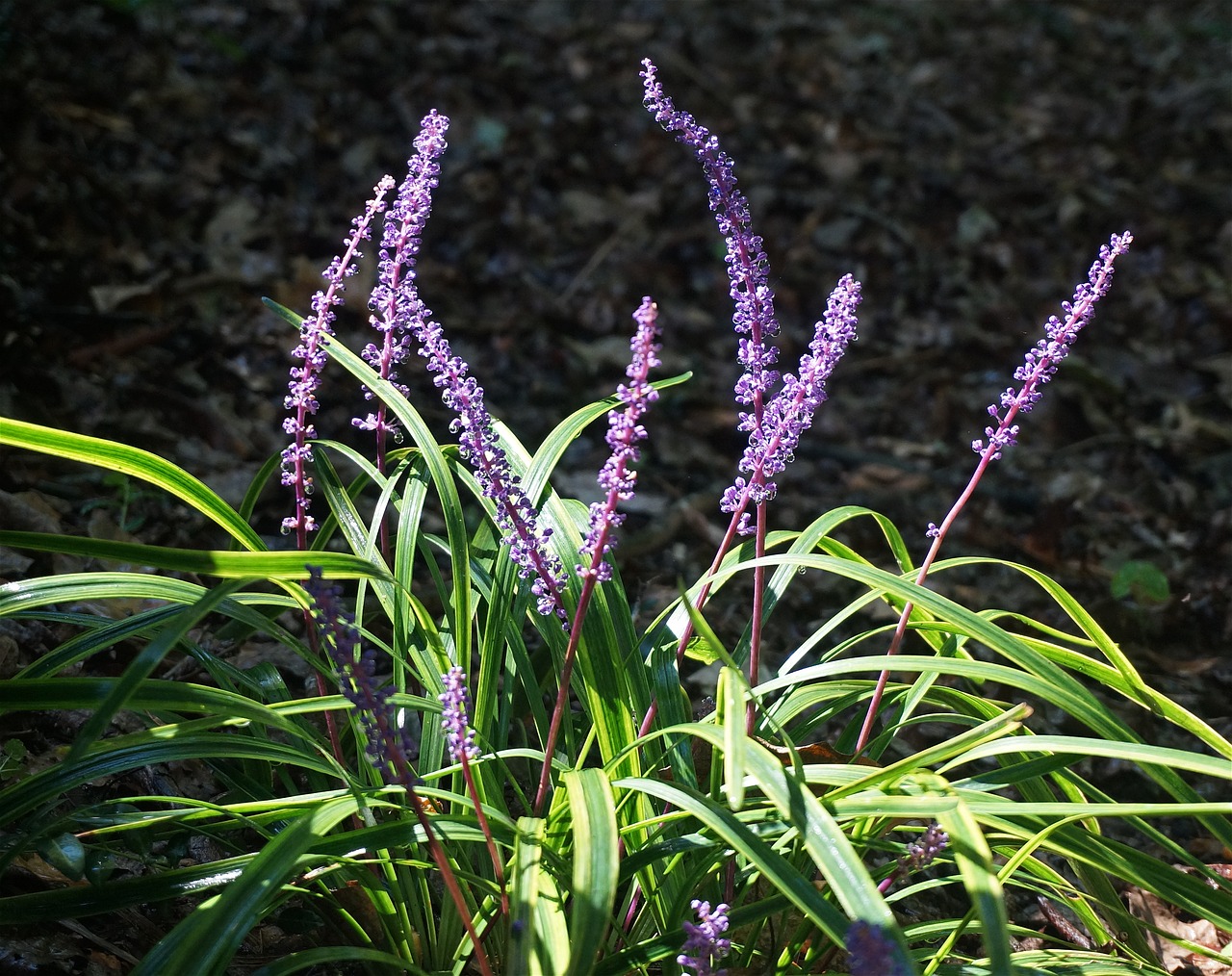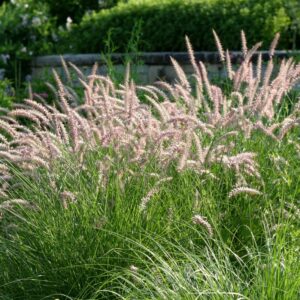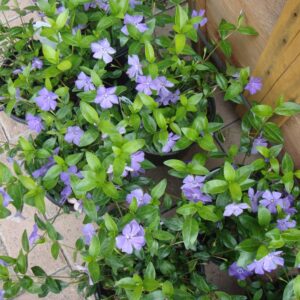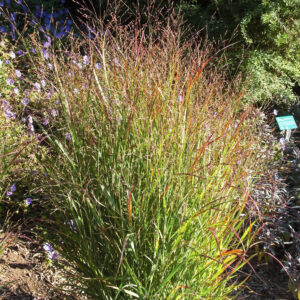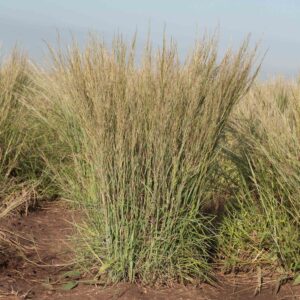Description
Liriope Characteristics
Liriope can grow from 1' to 1.5' with tall splaying leaves and vertical flower blooms, depending on the variety. The flowers can be light purple, dark purple, or multiple shades of blue. Flower also produce small dark berries.
Liriope can be planted in small groups as an accent piece or as groundcover in smaller areas. They can also be planted in a large area and let to spread.
Liriope make an eye-catching lining to a driveway or walkway. As a groundcover, they can mass together to strangle weeds and other invasive plants, helping to keep garden maintenance to a minimum. Liriope is commonly planted in outdoor pots as its erect and weeping leaves will attractively droop over the pot and other small flowers.
Liriope is not prone to disease, but some snails and slugs may make these plants their home. It is important to cut away old growth in early spring to make way for new growth. Dead leaves should be removed from the plant or trimmed back to a few inches from the ground.
-
USDA Climate Zone
Zones 5 - 10
-
Height
1.00 - 1.50'
-
Spread
.75 - 1.00'
-
Bloom Time
August - September
-
Water
Medium
-
Sun
Full Sun to Part Shade
-
Maintenance
Low
-
Deer Resistant?
Yes
